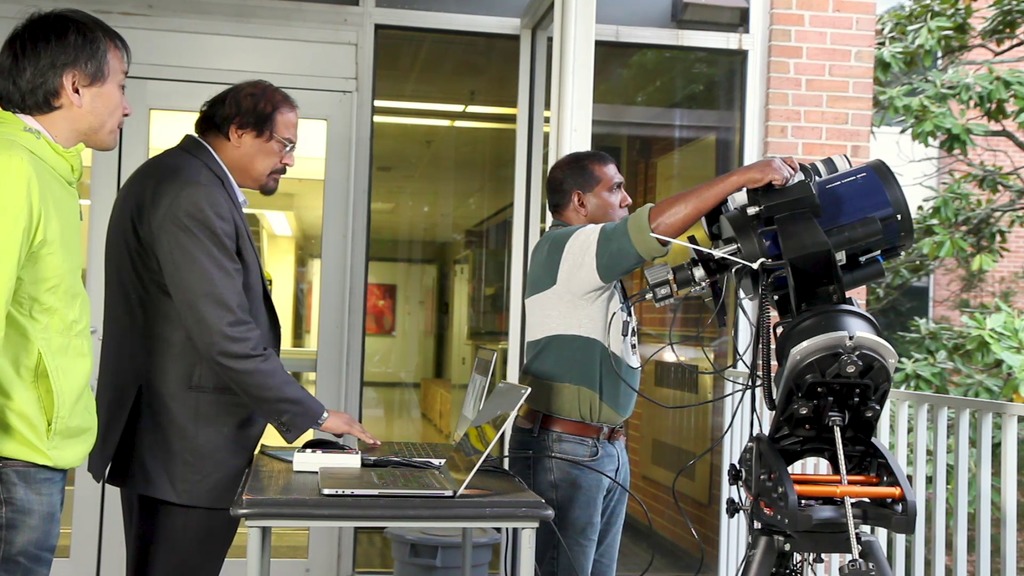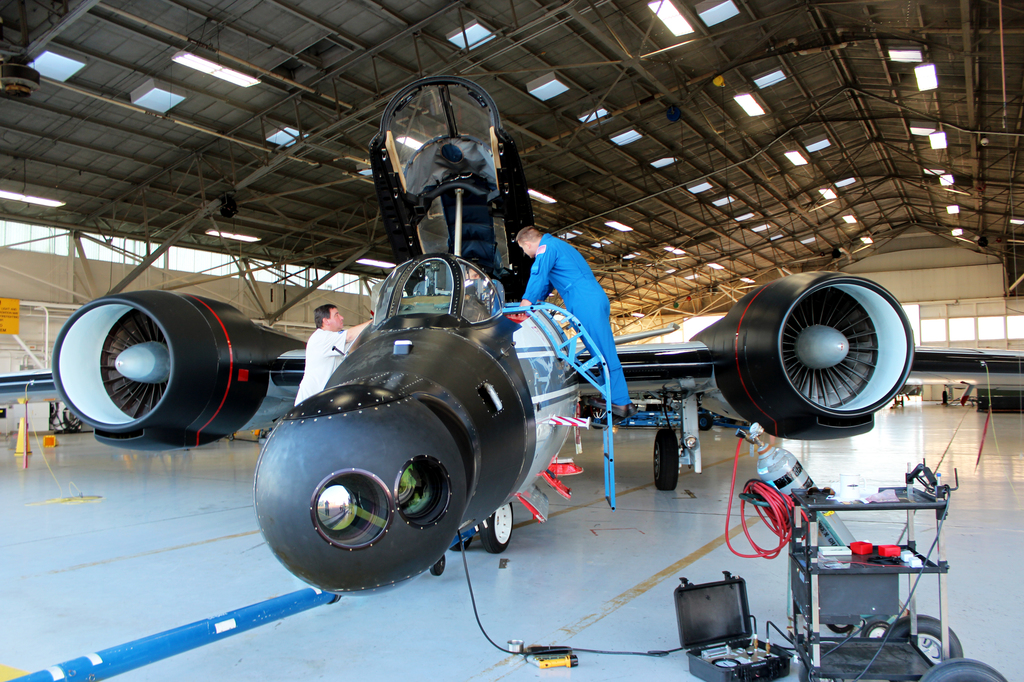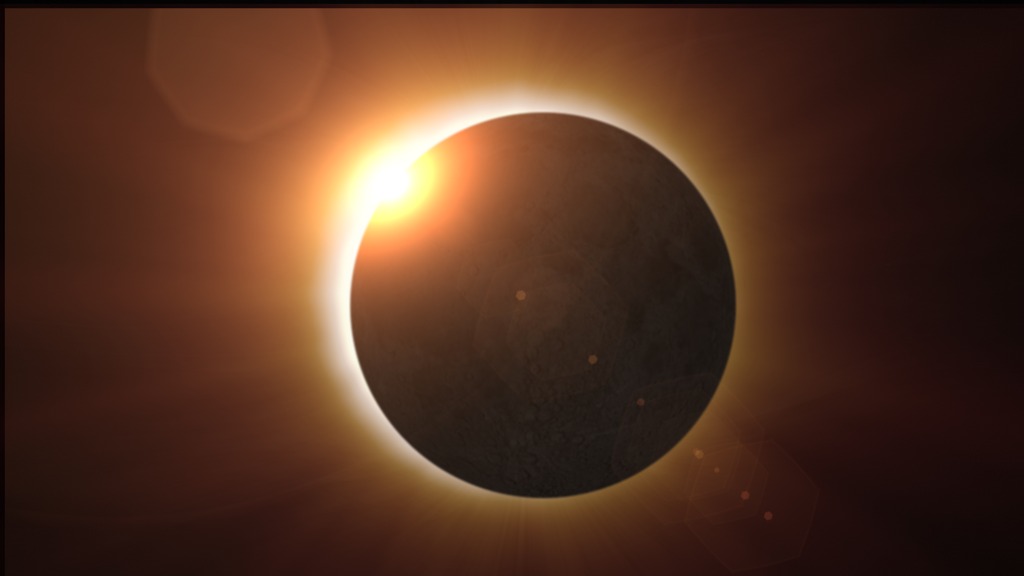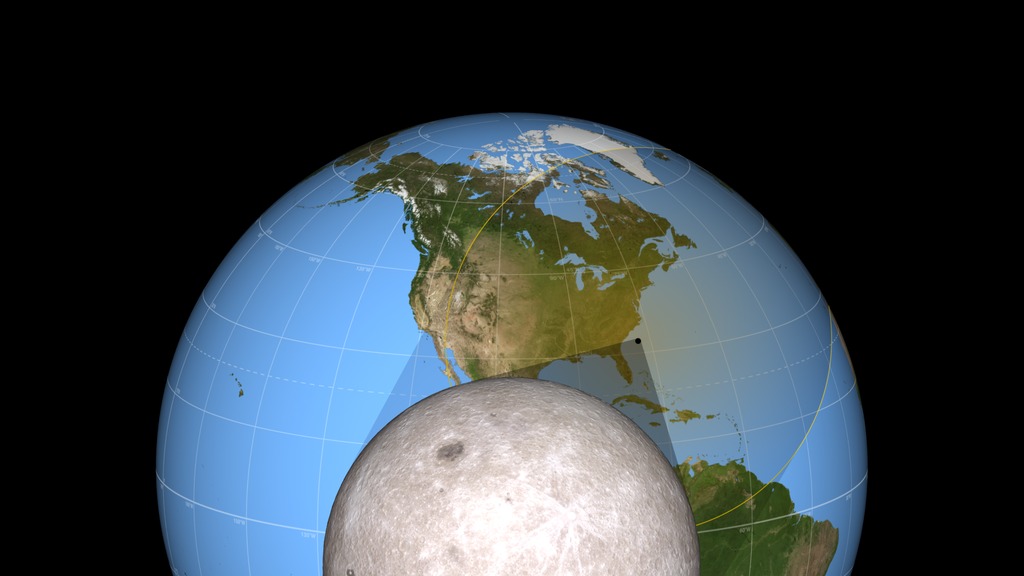A Total Solar Eclipse Revealed Solar Storms 100 Years Before Satellites
Eclipses set the stage for historic science. NASA is taking advantage of the Aug. 21, 2017 eclipse by funding 11 ground-based scientific studies. As our scientists prepare their experiments for next week, we're looking back to an historic 1860 total solar eclipse, which many think gave humanity our first glimpse of solar storms — called coronal mass ejections — 100 years before scientists first understood what they were.
Scientists observed these eruptions in the 1970s during the beginning of the modern satellite era, when satellites in space were able to capture thousands of images of solar activity that had never been seen before. But in hindsight, scientists realized their satellite images might not be the first record of these solar storms. Hand-drawn records of an 1860 total solar eclipse bore surprising resemblance to these groundbreaking satellite images.
Eclipse archive imagery from: http://mlso.hao.ucar.edu/hao-eclipse-archive.php
Complete transcript available.
Music credits: ‘Electricity Wave’ by Jean-François Berger [SACEM] and ‘Solar Winds’ by Ben Niblett [PRS], Jon Cotton [PRS]
Watch this video on the NASA Goddard YouTube channel.
Credits
Please give credit for this item to:
NASA's Goddard Space Flight Center
-
Producer
- Joy Ng (USRA)
-
Animator
- Joy Ng (USRA)
-
Writer
- Kathalina Tran (KBR Wyle Services, LLC)
-
Technical support
- Aaron E. Lepsch (ADNET Systems, Inc.)
-
Scientists
- Sten Odenwald (NASA/GSFC)
- Ryan Milligan (University of Glasgow)
- Joseph Davila (NASA/GSFC)
-
Support
- Karen Fox (ADNET Systems, Inc.)
Release date
This page was originally published on Thursday, August 17, 2017.
This page was last updated on Wednesday, May 3, 2023 at 1:47 PM EDT.







